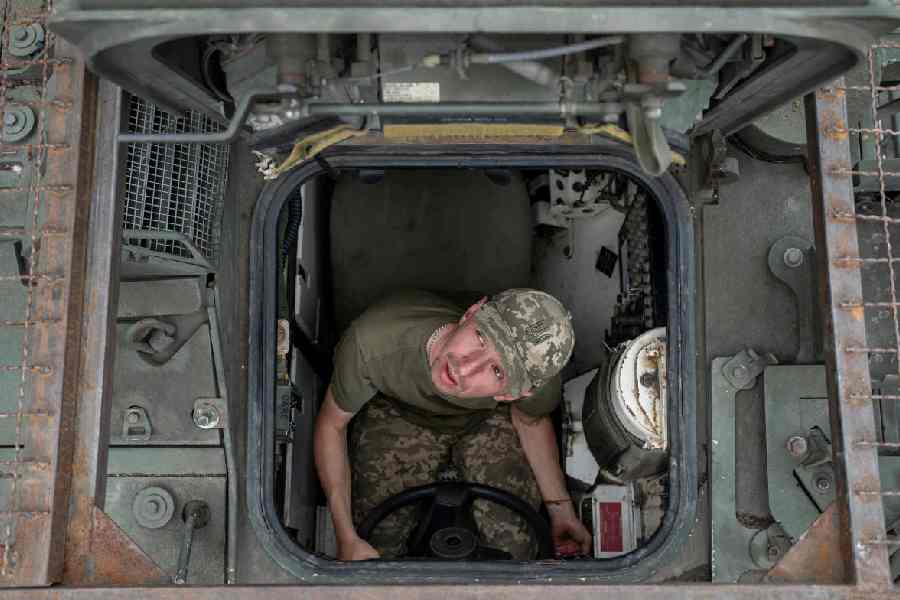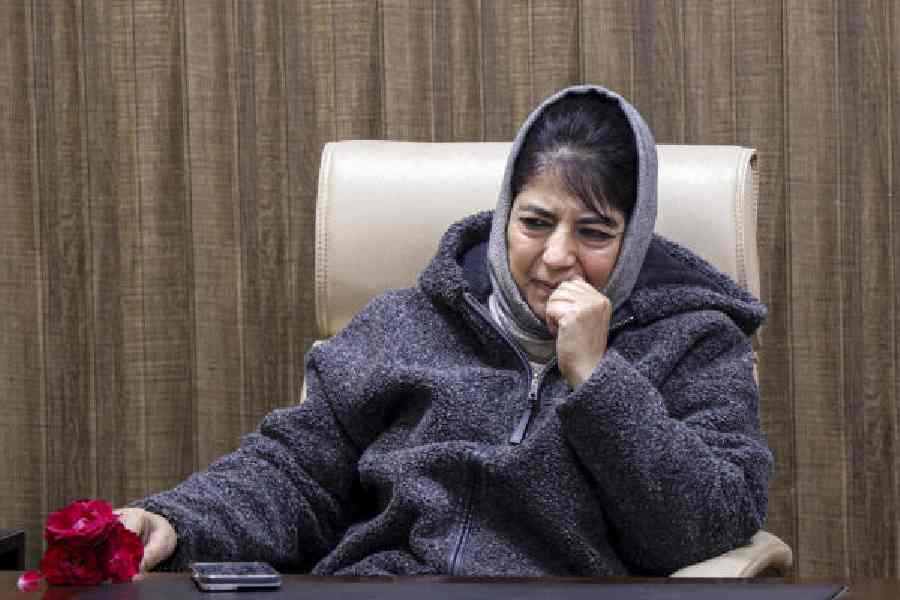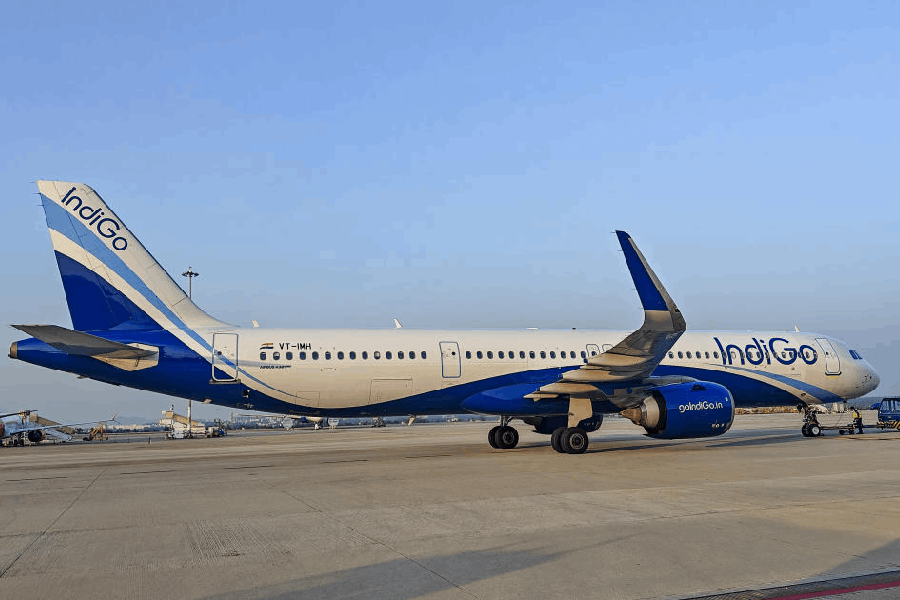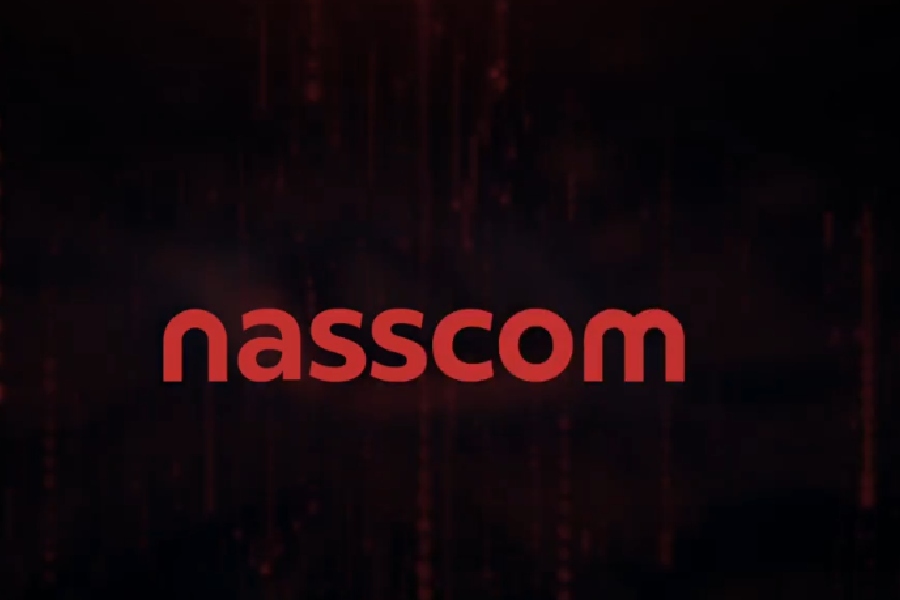Berlin/Brussels: European countries have committed to spending nearly double on military investments over the next decade, with high hopes that it will benefit their defence industries.
But it is not clear that all that money — perhaps as much as 14 trillion euros — will fuel a flurry of high-end innovation in Europe. That is because of what one might call the F-35 problem.
Europe lacks quality alternatives to some of the most needed and desired defence equipment that American companies produce. Among them is the F-35, Lockheed Martin’s famed stealth fighter jet, whose advanced abilities are unmatched by European counterparts.
Patriot missile-defence systems are also imported from America, as are rocket launchers, sophisticated drones, long-range artillery guided by satellite, integrated command and control systems, electronic and cyber warfare capabilities — along with most of the software required to run them. And because many European nations have already invested in American weapons, they want new purchases to remain
compatible.
The pledged investments have created a tension. Should European nations build their own military industry? Does the war in Ukraine and the threat of a militarised Russia allow that much lead-time? Or should they continue to invest, at least in part, in America’s already available, cutting-edge technology?
European officials debating how to answer those questions are embracing a middle strategy. Officials have placed limits on how much to spend on American equipment from certain tranches of money, including the flagship EU defence funding programme — a 150 billion euro loan facility to push joint procurement. But individual countries will do most of the purchasing and are free to allocate their resources as they see fit.
The spending debate has become more urgent as the US shrinks its support for Ukraine.
The Trump administration announced in recent days that it was pausing weapons shipments there, leaving European allies to step up.
European countries agreed at last week’s Nato summit to spend 3.5 per cent of each country’s annual national income on hard-core military investments, with an additional 1.5 per cent on militarily relevant projects. The allies’ pledges met a demand from President Trump to shoulder more responsibility for their defence. For those casting a wary eye towards US, the question is whether such joint initiatives will be enough to push European industry up the technology chain.
The risk is that the coming wave of spending will perpetuate the existing system, in which Europe churns out a varied heap of arms while relying on the US for advanced capabilities.
New York Times News Service










